Homes designed by Professional Interior designers make a whole lot of a difference. From the layout to the tiniest of accessories, everything turns out to be immaculate. Have you ever wondered how they manage to do that? Then you have come to the right place! Continue reading if you want to get an insight into some of their tricks and secrets. Here are 10 tips only an Interior Designer can tell you.
Tip #1 The Whole is Greater than the Sum of its Parts
And that’s a psychological rule of perception. Us humans tend to give more importance to our surroundings as a whole than the individual components. When decorating, don’t worry about a pattern that looks too bold, or a wall colour that seems too bland. If it all works together in the end, you’re good to go!
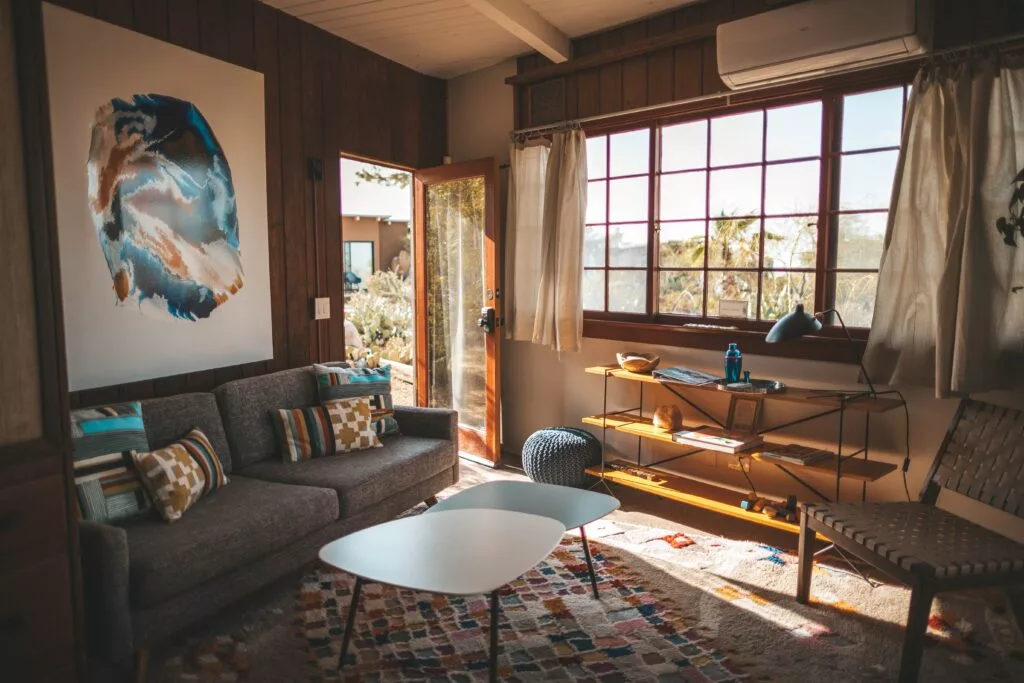
Tip #2 PLAN PLAN PLAN!
Create a design plan in advance. Start with a basic idea, such as the theme and colours, and then gradually move on to the details. Note down your ideas from the very beginning and take inspiration from pins and blogs online. This way, you’ll have more clarity while decorating and won’t stray away from your goals.
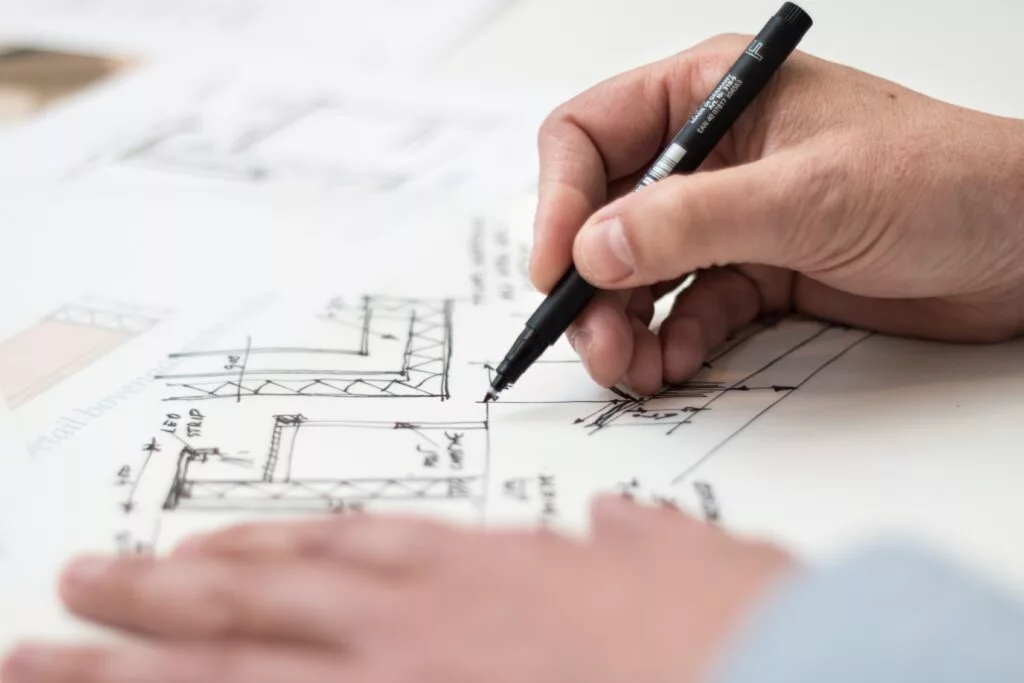
Tip #3 Start with the Main Furniture
If you’re still quite unsure where to begin, start off with the room’s biggest furniture pieces like Sofas, Beds or Dining tables. It’s easier to plot these items on a blank layout so you can build the lighting, accessories and thoroughfares around it. It’s a good idea to measure your entryways’ dimensions beforehand to avoid the hassle while transporting the furniture items.
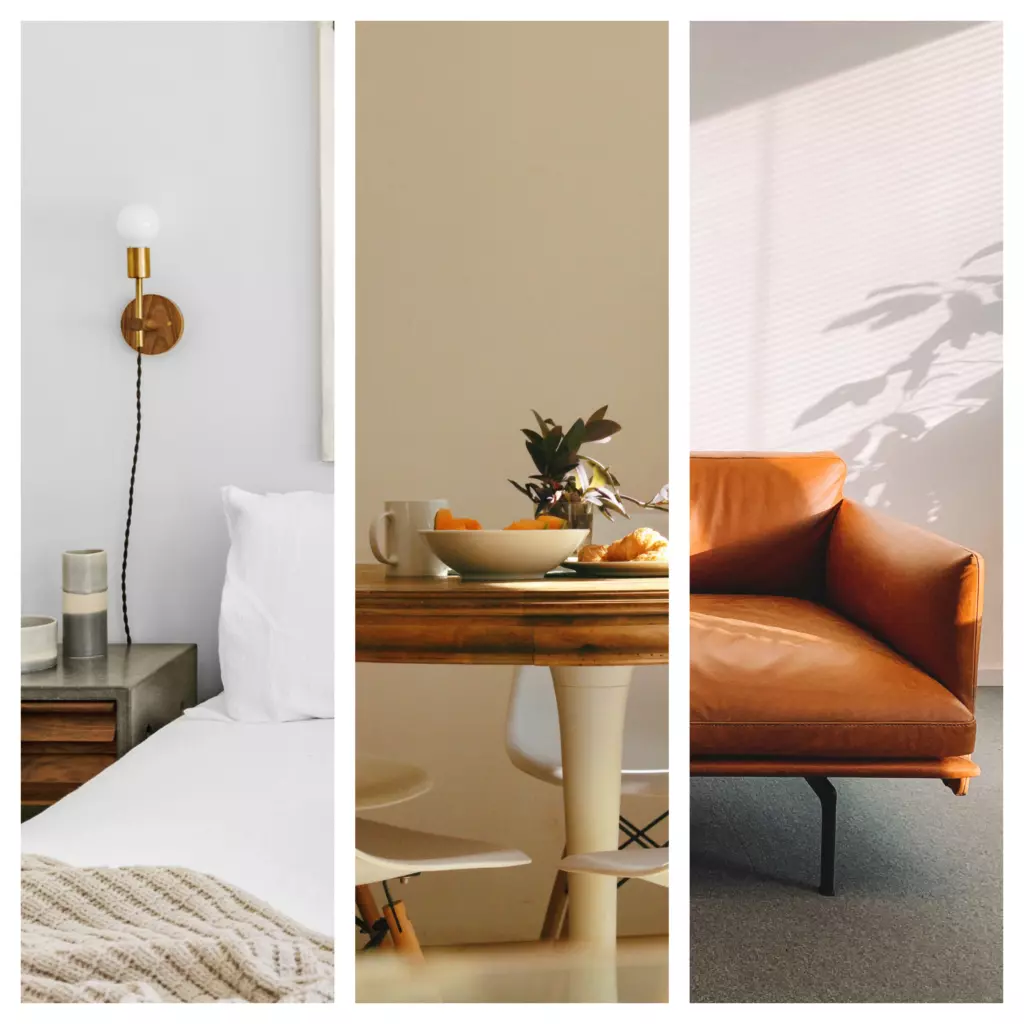
Tip #4 Getting the right-sized Coffee Tables and End Tables
It is absolutely crucial that your coffee tables and end tables are in proportion to your seating arrangements. The wrongs-sized tables disrupt the balance, resulting in an uncomfortable arrangement, and you do not want that. So, what do you do? You measure. Your end tables’ height should be 1-2 inches below the sofa’s arm, and the coffee table should be 3 inches below the sofa’s cushion. If the tables are taller than the preferred height, placing it slightly away from the couch should do the trick.
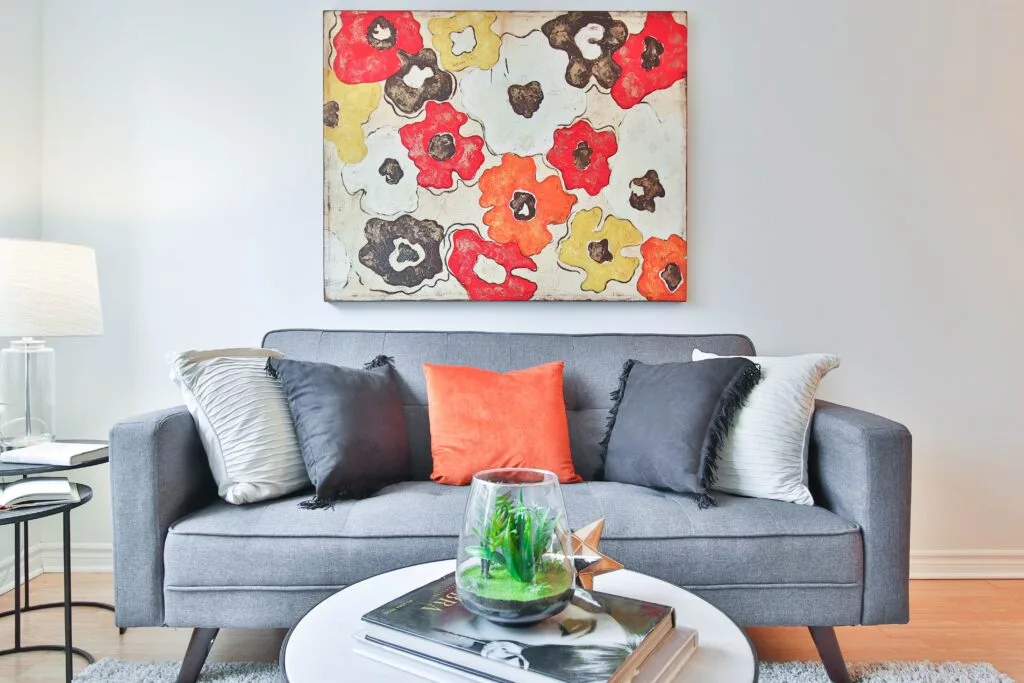
Tip #5 Sample your Paints
Try out different colours and patterns before you decide to paint your walls. Take your precious time to test various paint samples and then choose one that matches your theme. Test the samples under different light conditions to have a better understanding of the shade. And while you’re at it, go for non-toxic paints that are made from natural materials. It’s good for your health and the environment.
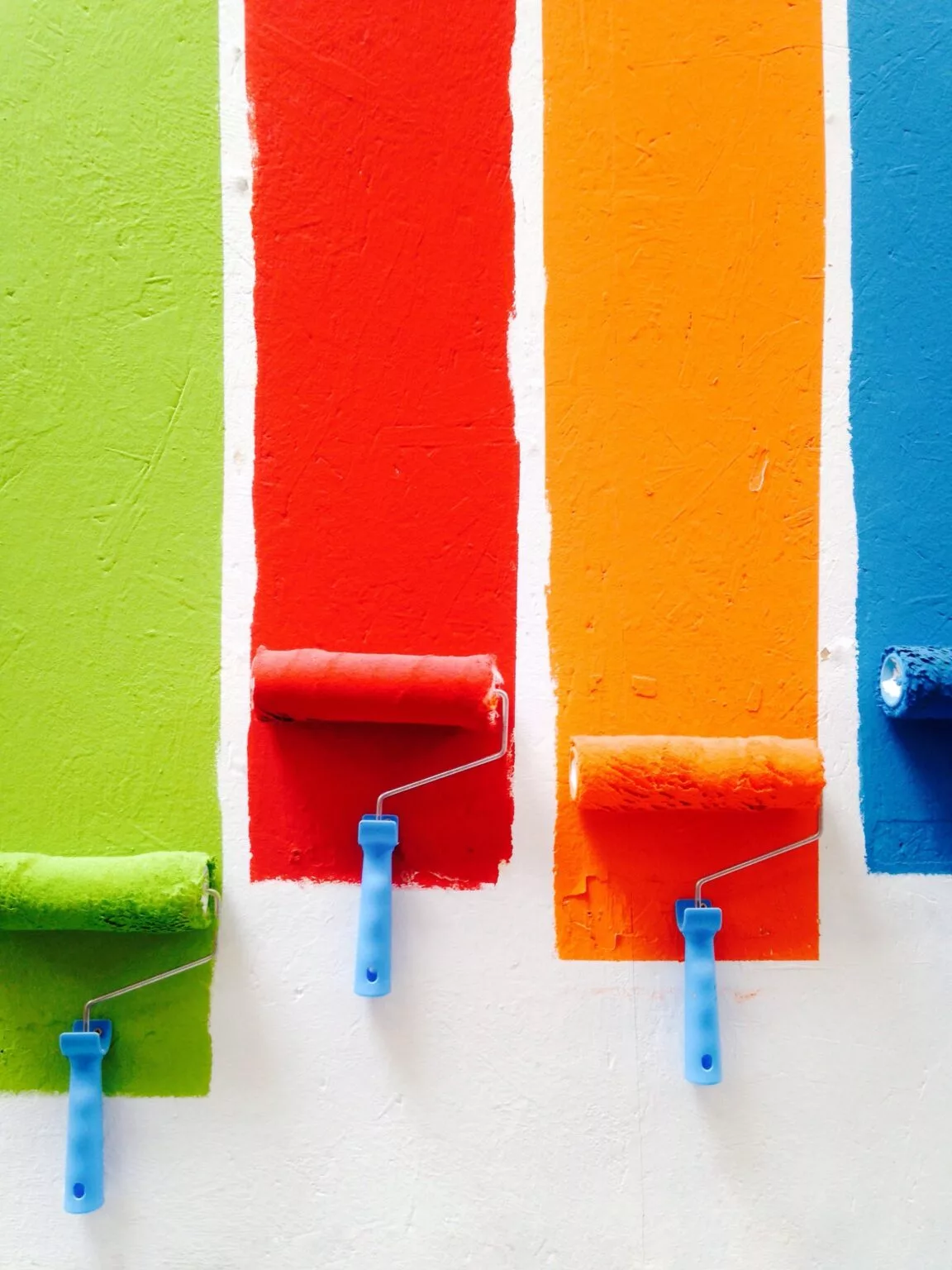
Tip #6 Homogenous Flooring
Most designers recommend using similar flooring across your household space for continuity. This is majorly done to make the area seem huger than it actually is. Using rugs or carpets can break the consistency and divide the spaces. This creates a distinction between different areas, but everything still comes together as a whole.
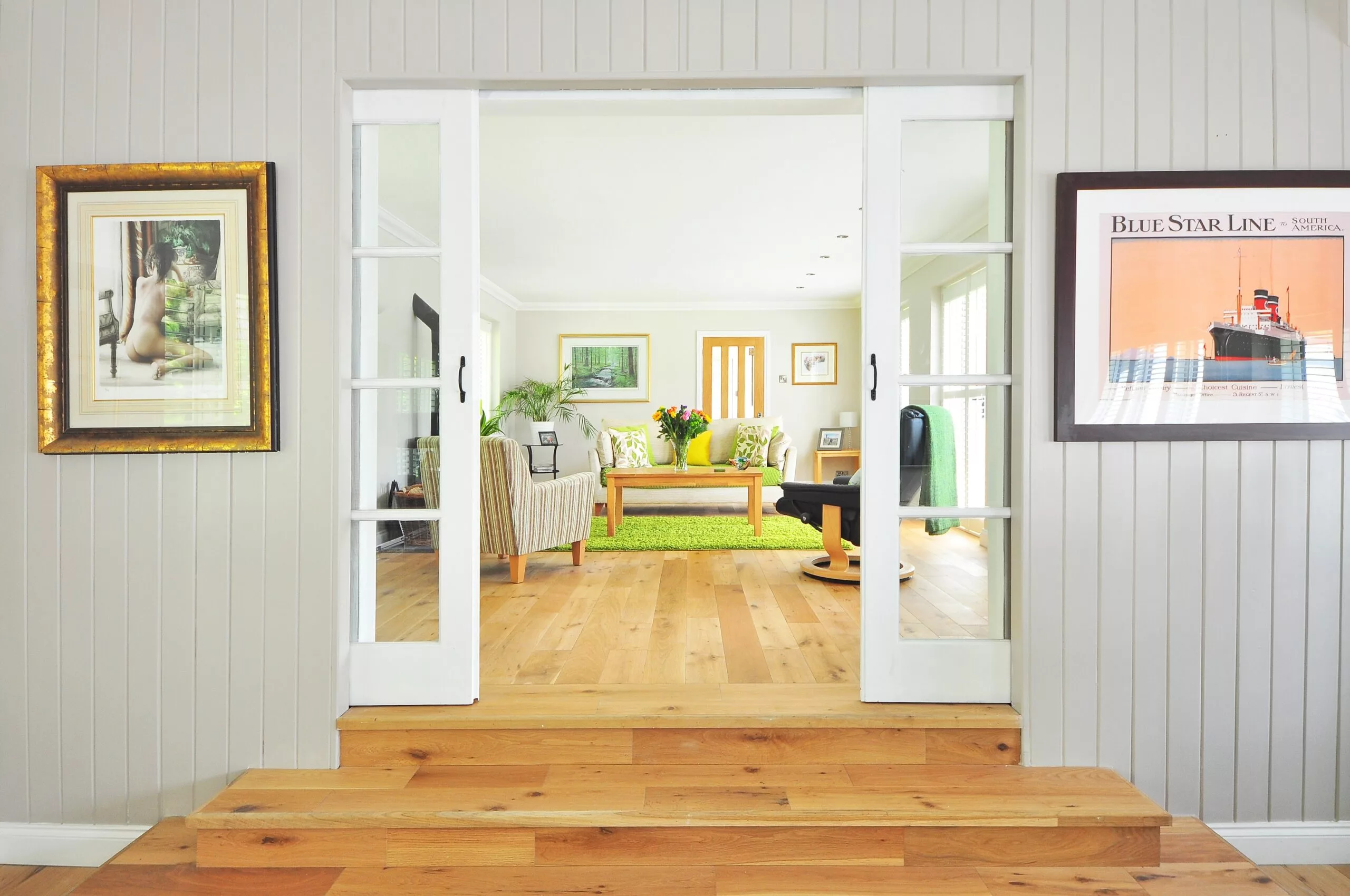
Tip #7 Organising a Gallery Wall
Grouping small pieces of artwork can give a better visual appeal than scattering the pieces across the room. One idea is to keep the largest piece in the centre and arrange the smaller pieces around it to balance. The same concept can be used for your photographs, and you can map out a photo wall.
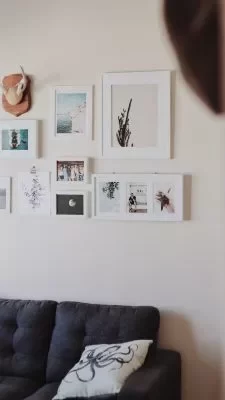
Tip #8 Lighting
Lighting needs a lot of patience and organising, so mark it as one of your priorities. You need to carefully consider the location of your lights, the size, the switches and sockets before you move on to styling. Keep in mind that natural light is also included in your lighting scheme. Use various types of lights such as ceiling or wall-mounted lights and rely on mood lighting to enhance the room’s ambience. Pay attention to the brightness and colour of the lights!
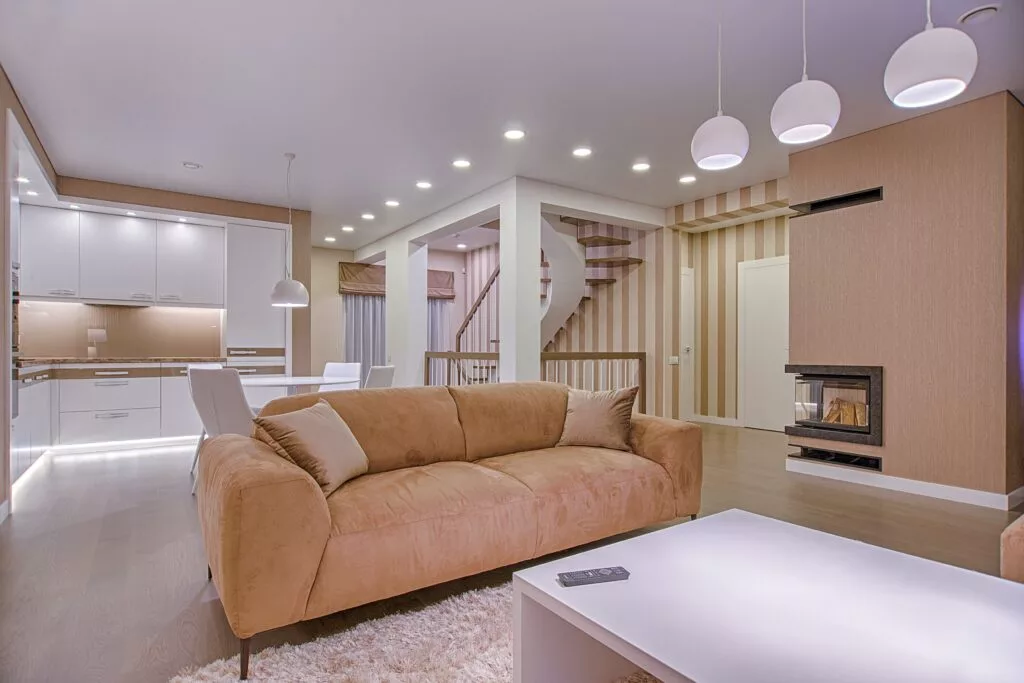
Tip #9 Using Dark Colours Effectively
Dark colours don’t always make the space dull. Sometimes, they do quite the opposite and accentuate the areas that you want to bring forward. They provide a much-needed contrast and also tie the different elements of the room together. If you have a low ceiling, painting it black helps it recede, so the attention does not go there.
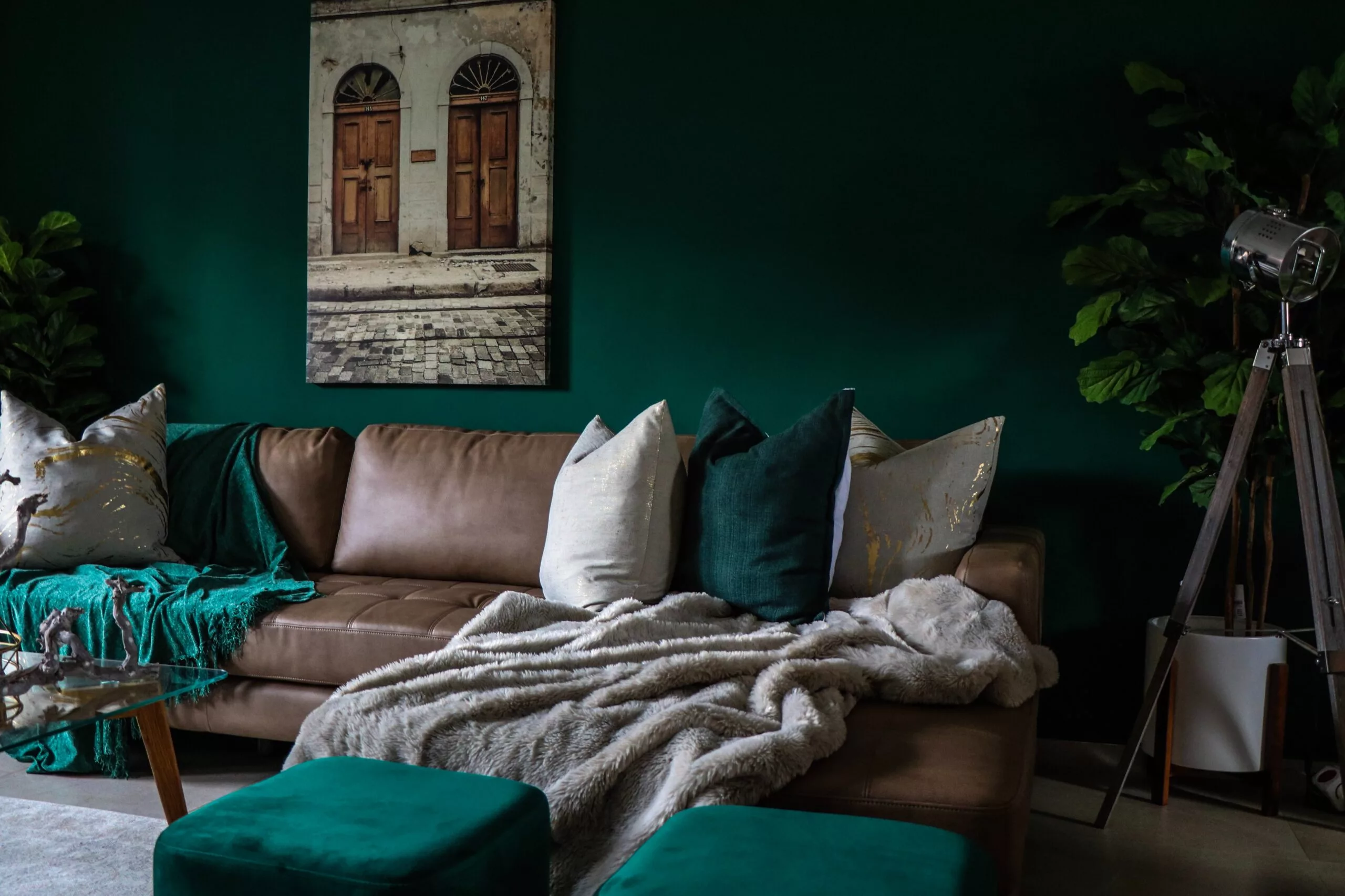
Tip #10 Create Negative Space
Decoration is not about filling up every empty space you see. Sometimes, open spaces are
needed to enhance focal points and avoid visual clutter. It is a smart trick to paint the doors and
walls in the same colour, as it allows the woodwork to blend in, creating the appearance of a
more expansive blank space.
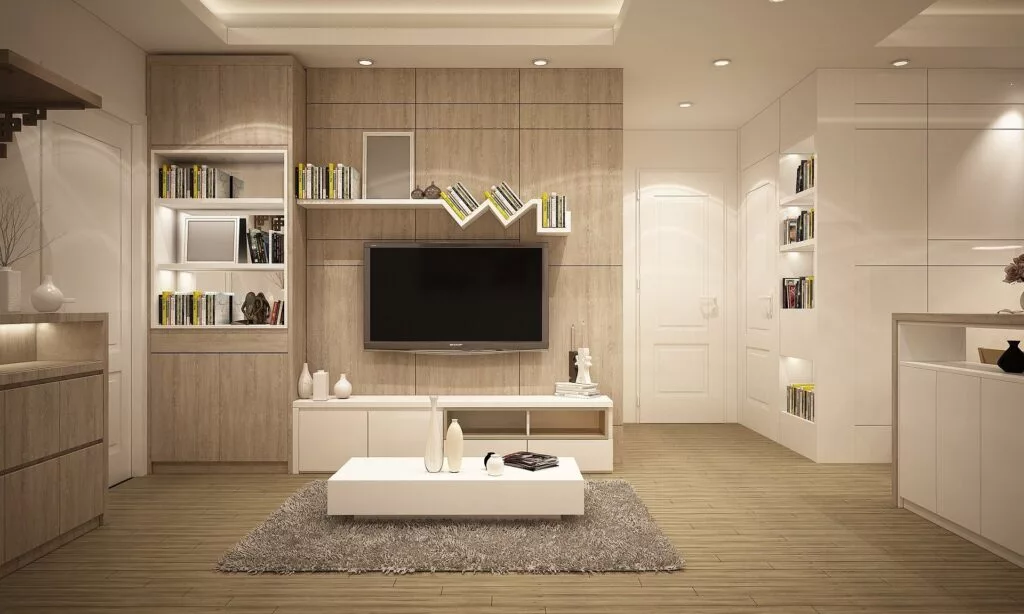
Are you bubbling with inspiration after reading this blog? Do let us know in the comments below! If you still aren’t sure, don’t worry because we have your back. At Basil Homes, we believe that everyone deserves the home of their dreams.

 India
India